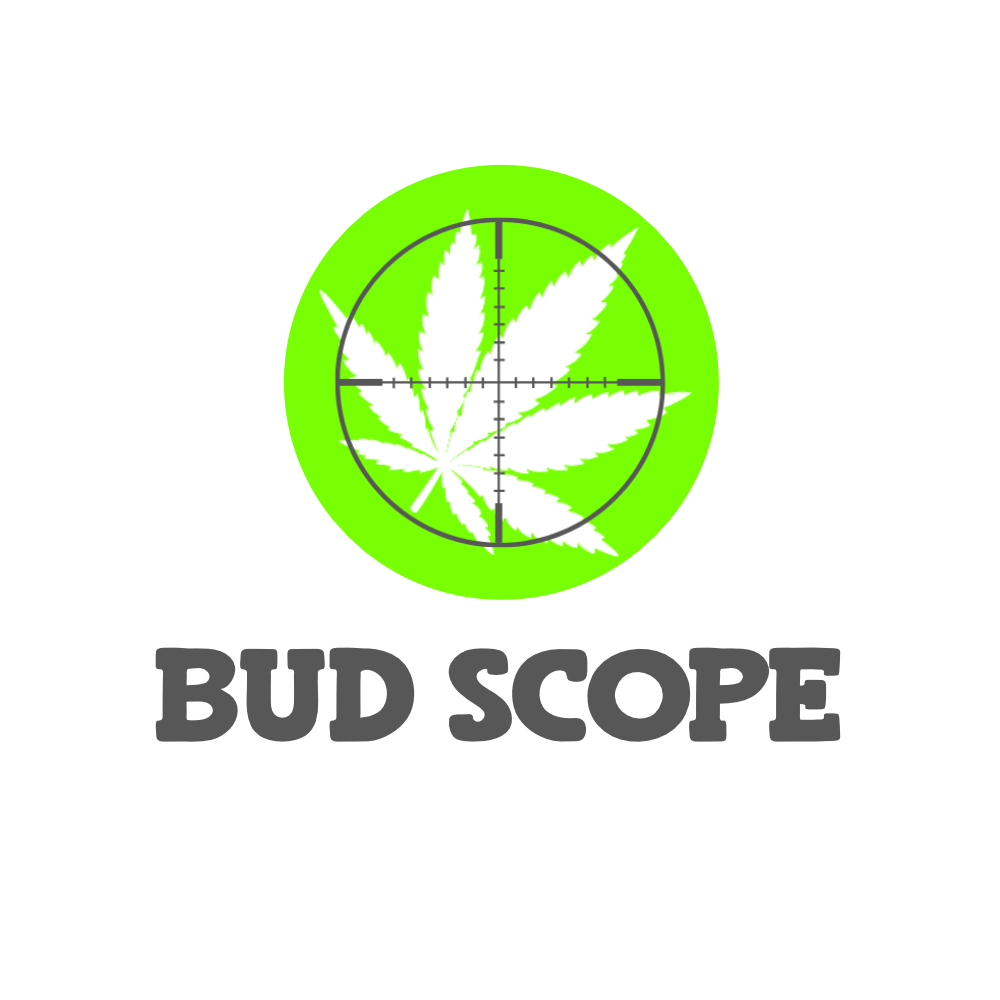Photoperiodism in Plants
- Pr converts to Pfr during the day and slowly reverts to Pr at night.
- Flowering plants use circadian rhythm and photoreceptor proteins to sense seasonal changes.
- Phytochrome has two forms: P and P.
- Red light converts phytochrome to its active form (P), stimulating processes like germination and flowering.
- Cryptochromes absorb blue light and UV-A, entraining the circadian clock to light.
- Long-day plants flower when night length falls below critical photoperiod, typically in late spring or early summer.
- Short-day plants flower when night lengths exceed critical photoperiod.
- Day-neutral plants like cucumbers do not initiate flowering based on photoperiodism.
- Photoperiodism affects flowering, stem growth, and leaf loss in plants.
- Photoreceptors like phytochrome and cryptochrome play crucial roles in sensing day-length.
- Artificial lighting can induce changes in flowering time.
Photoperiodism in Animals
- Daylength is crucial for many animals, affecting biological and behavioral changes.
- Photoperiod affects insects at different life stages.
- Photoperiod triggers seasonal changes in wing frequency in water striders.
- Photoperiod influences singing frequency and song repertoire in birds like canaries.
- Daylength is registered in the suprachiasmatic nucleus in mammals, influencing hormone production.
- Photoperiod affects color changes, migration, hibernation, and sexual behavior in animals.
- Insects use photoperiod as an environmental cue for physiological processes.
- Photoperiod influences various behaviors in different animal species.
Other Organisms Demonstrating Photoperiodic Responses
- Various organisms show photoperiodic responses, including Neurospora crassa, Lingulodinium polyedra, and Chlamydomonas reinhardtii.
- Photoperiodism is observed in organisms beyond plants and animals.
- Demonstrated photoperiodic responses in various species.
Key Terms Related to Photoperiodism
- Chronobiology.
- Circadian clock.
- Circadian rhythm.
- Florigen.
- Photobiology.
Further Studies and Research on Photoperiodism
- References for further study on photoperiodism, including books and journals on plant biology.
- Studies on light perception and signaling in plants.
- Research on photoreceptors and regulation of flowering time.
- Analysis of photoperiodic sensitivity in different organisms.
- Exploration of the role of phytochromes in photoperiodic flowering.
Studies on Photoperiodism in Insects
- Insect photoperiodism and its mechanisms.
- Influence of day length on insect behavior.
- Research on the induction of adult diapause in insects.
- Control of wing polyphenism in insects by photoperiod.
- Impact of photoperiod on insulin receptor signaling in insects.
Human and Primate Photoperiodism
- Evidence of photoperiodism in humans and primates.
- Seasonality effects on human birth patterns.
- Latitudinal gradient in human birth seasonality.
- Interplay between birth seasonality and childhood disease dynamics.
- Implications of photoperiodism in humans and primates.
Photoperiodism Data Sources
| Reference | URL |
|---|---|
| Glossary | https:/glossary/photoperiodism |
| Wikipedia | https://en.wikipedia.org/wiki/Photoperiodism |
| Wikidata | https://www.wikidata.org/wiki/Q259028 |
| Knowledge Graph | https://www.google.com/search?kgmid=/m/069g81 |
| DBPedia | http://dbpedia.org/resource/Photoperiodism |
| Product Ontology | http://www.productontology.org/id/Photoperiodism |
